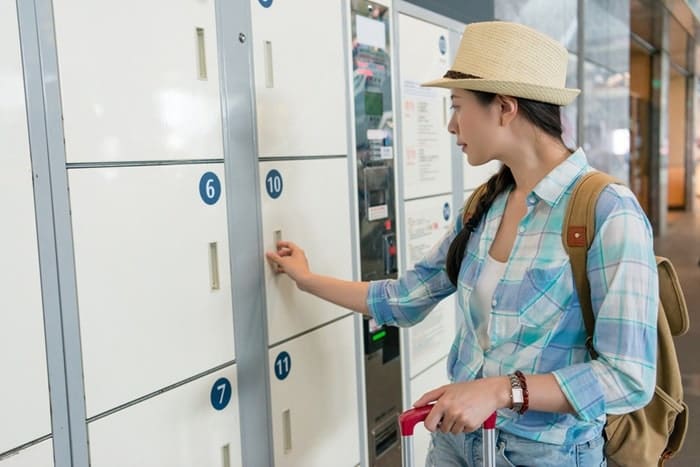Travel expands your horizons, giving you opportunities to see and explore incredible destinations across the world. But if you’re taking your cellphone or laptop, it also opens new avenues for cyber threats.
Before you pack your bags and jet off on your next adventure, it’s worth learning a few core strategies to safeguard your digital identity. From securing your devices to navigating public Wi-Fi safely, here’s how to stay safe on the move.
Is my digital safety at risk when I’m traveling?
Don’t the thrill of international travel distract you from digital security.
Your digital identity, including your personal data, online accounts, and device information, becomes more vulnerable when you’re away from your home network. Protecting your digital footprint is just as crucial as securing your passport and wallet.
Without your daily routine and usual security measures, the risks multiply. Understanding these and knowing how to mitigate them will allow you to enjoy your trip safely.
Securing your devices
Before you even step on the plane, take time to prepare your devices.
Make sure that all your apps are updated to their latest versions. While these updates might feel annoying, they can be the missing piece in securing critical security vulnerabilities.
Use strong, unique passwords for all your devices and enable biometrics, like fingerprints and facial recognition, for an additional layer of security. We usually recommend backing up your most essential data to a secure cloud service or an external hard drive to keep back home. This type of preparation will give you total peace of mind.
Navigating public Wi-Fi
Public Wi-Fi networks in places like airport lounges and cafés are convenient but notoriously insecure. Hackers can easily find your device and intercept your data on these open networks.
You should always assume that any public Wi-Fi is compromised. To protect your personal information, use the network carefully. Avoid accessing banking apps, buying things online, or logging into your email account in public.
Instead, use your phone’s cellular data to keep things private. If you know how to download one, using a reliable VPN is the most secure option for browsing in public. This encrypts your internet connection, creating a secure tunnel for your data and making it difficult for anyone to snoop.
Protecting your accounts
Even with strong passwords, your online accounts remain a target.
Enable two-factor authentication on all accounts, including email and social media. This adds an extra layer of security by requiring a second verification step in addition to your password. This often takes the form of a code sent to your phone or generated by an authenticator app.
This means that even if a hacker somehow gets your password, they can’t access your accounts without that second piece of information. Make sure you have this set up for everything important.
Smart social media habits
Finally, don’t forget to use social media carefully.
We know it’s tempting to share every moment of your trip online, but you should be mindful of what you post. Sharing real-time location updates will indicate that your house is empty. Thieves can use this information to their advantage.
Be wary of unexpected emails or messages, even if they appear to be from a source that you recognize. These could be phishing attempts designed to trick you into giving away your personal information. Always take time to verify the sender before clicking any links or providing details.


